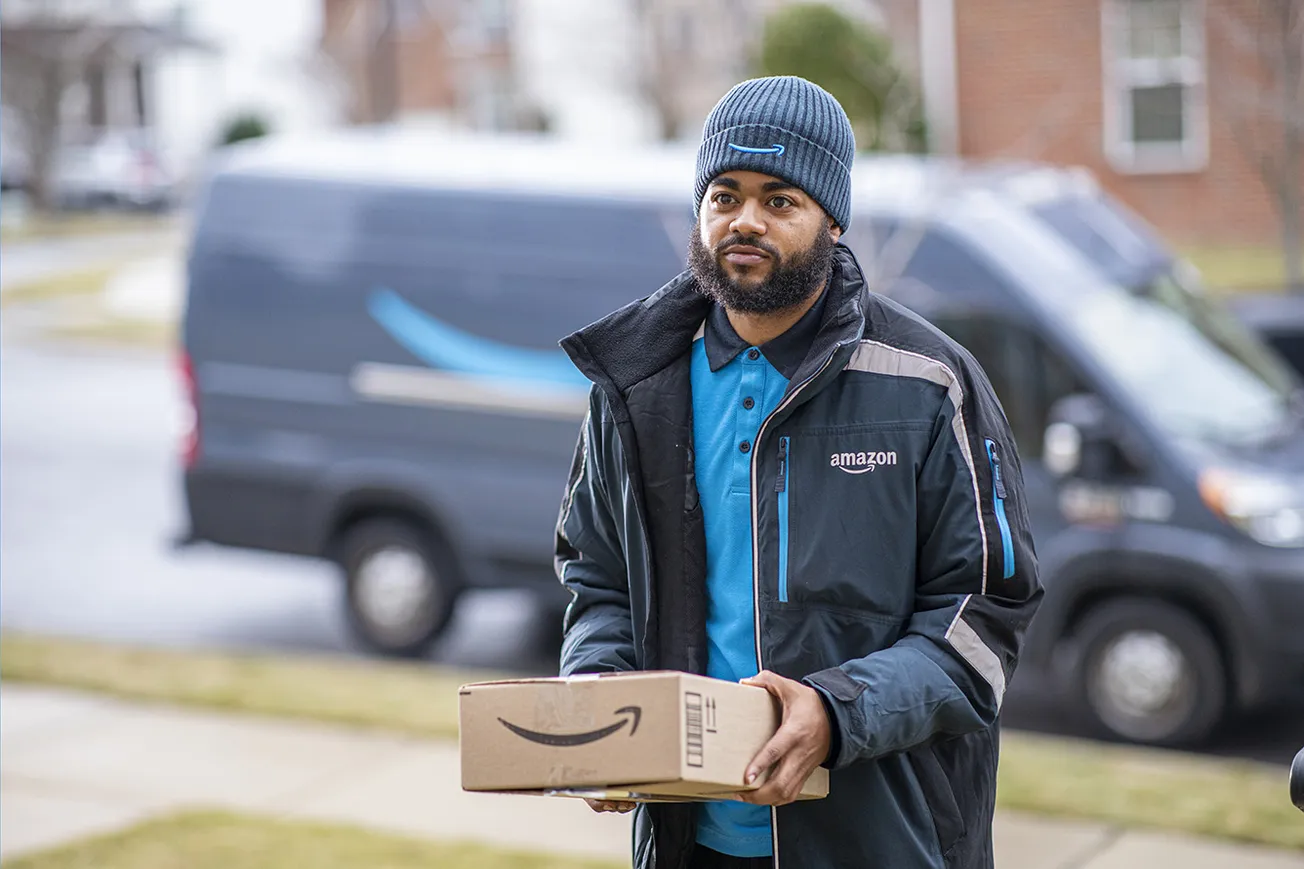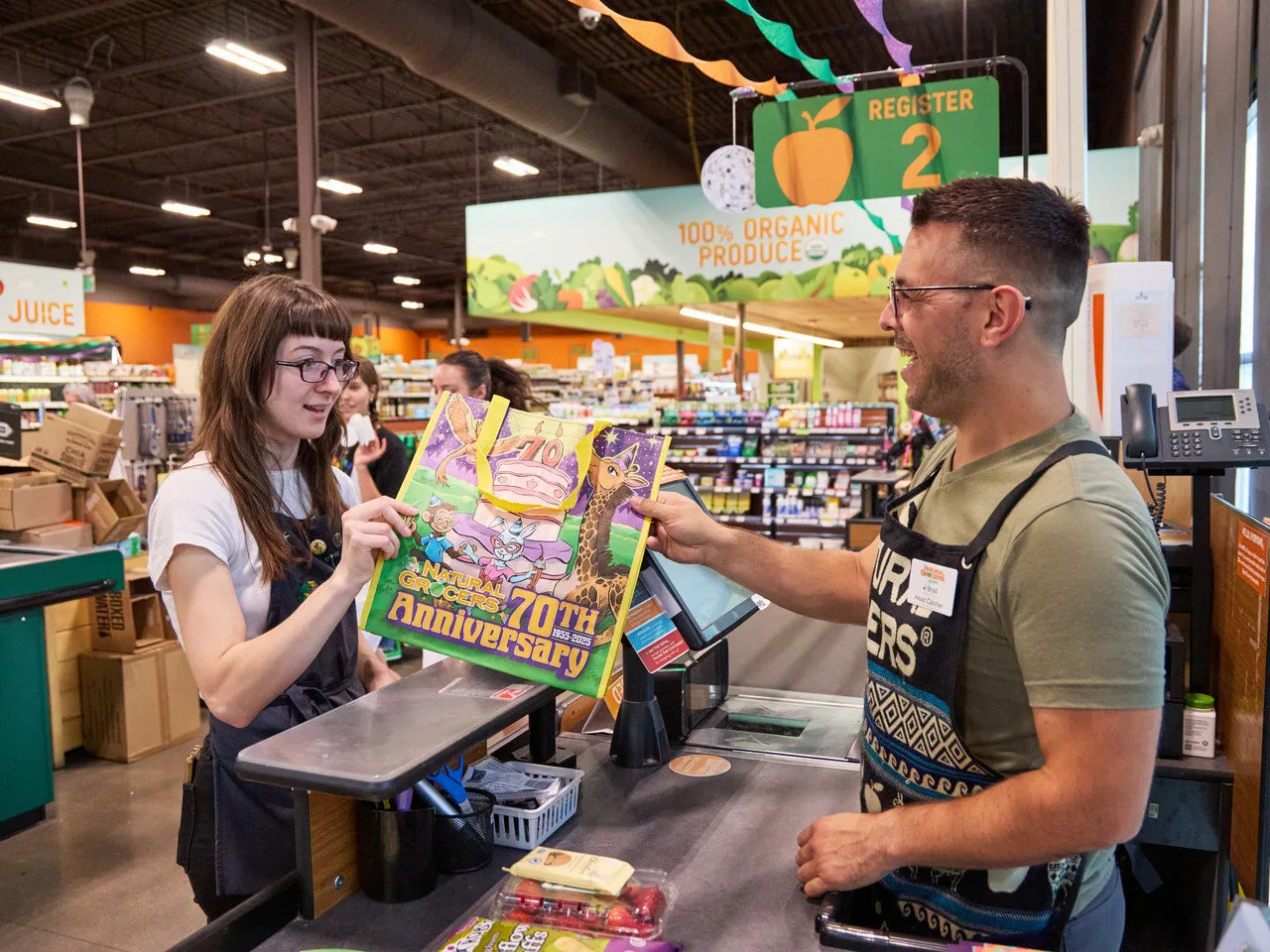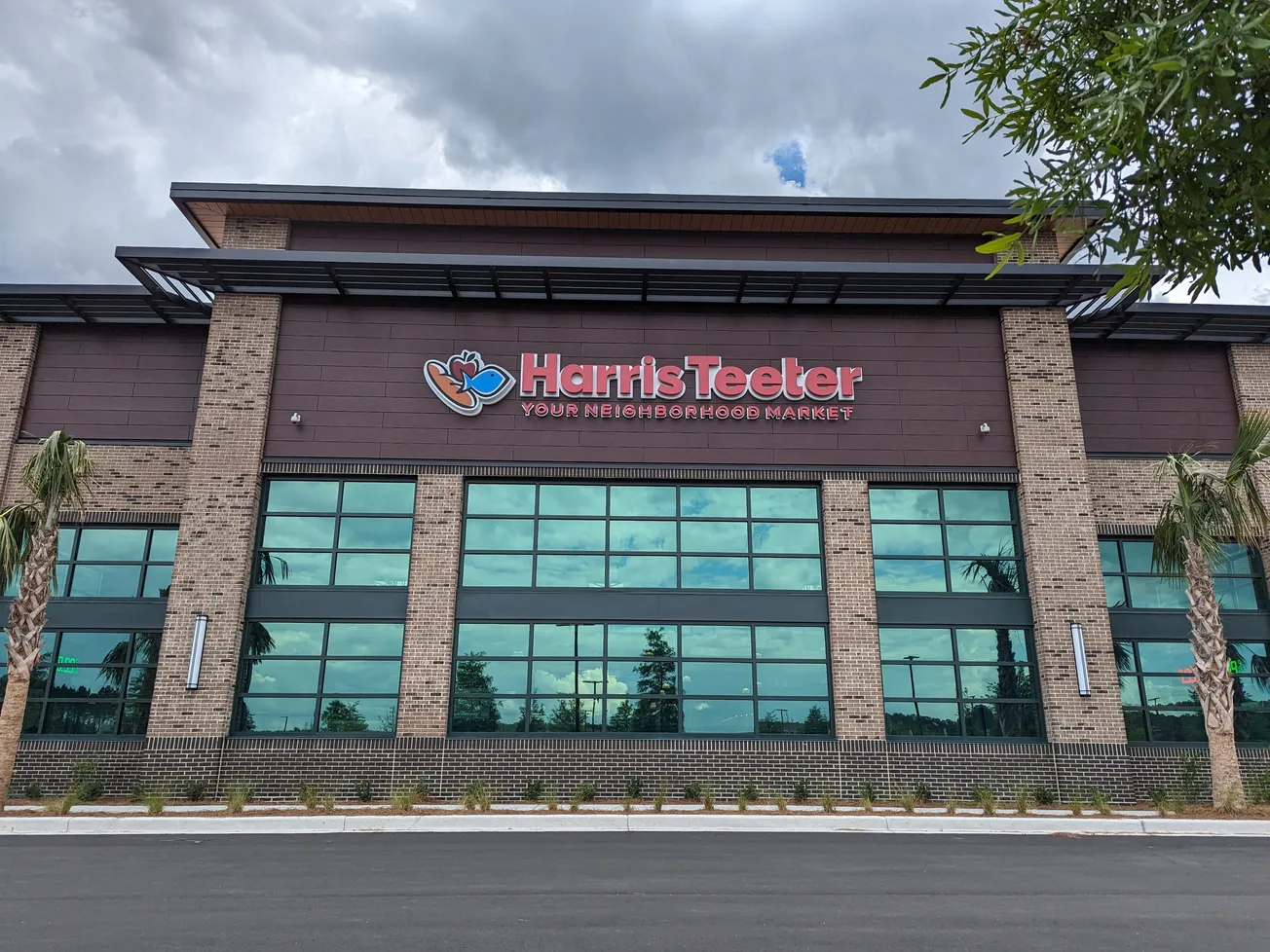JACKSONVILLE, Fla. — Acosta Group today announced its 2024 retail predictions, identifying how brands and retailers can win shopper loyalty, drive sales, and achieve efficiencies in another year of anticipated marketplace disruption.
“While we expect 2024 to remain as complex as 2023, brands and retailers will have opportunities to better understand and meet the evolving demands of their customers, securing meaningful growth for their businesses,” according to Colin Stewart, executive vice president, business intelligence, Acosta Group. “We formulate our predictions based on the insights of our retail experts and industry thought leaders, as well as proprietary Acosta Group studies conducted throughout the year with shoppers, brand owners, and retailers.”
The predictions:
- Driving growth will take standout creative measures. Acosta’s recent Retailer Confidential Report finds 90% of U.S. retail leaders are prioritizing unit growth in 2024. Strong promotions will be key in another year of cautious spending, channel shifting, private label purchasing, and value messaging.
“Consumers will respond to bold, creative promotions that provide them enriched value,” according to Kathy Risch, senior vice president, thought leadership and shopper insights at Acosta Group. “Smart retailers, brands, delivery services, and restaurants are stepping up to create promotions that resonate. Whether dollars-off purchases, cross-marketing partnerships, or other value-based offerings, 71% of top retailers say that they are increasing promotions in 2024.
Retail media networks that deliver measurable ROI are increasingly key to an effective promotional strategy. U.S. retail media ad spend will reach $60 billion in 2024, according to Insider Intelligence, delivering margins in the range of 70% to 90% compared to the 3% to 4% seen in traditional retail profits, per Boston Consulting Group.
When developing a promotion strategy, Acosta Group advises promotions that don’t erode margins for retailers, brands, or shoppers; deployment and evolution of revenue growth managementg (RGM) programs; and the practice of disciplined post-promotion analytics.
- Seamless retail redefines shopper delight. The consumer shopping experience is not linear. Retailers and brands are enabling seamless shopping in the moment – anywhere, anytime, for anything – and dialing in to reach consumers with innovative tactics and disruptive technology. Retailers will continue investing in both store and digital upgrades to meet shopper demands.
Key findings here include the majority (56% of shoppers who prefer shopping in-store for groceries and household items, and 69% of grocery sales in 2023 were digitally influenced, according to Grocery Doppio.; 63% of shoppers use an app on their phone inside a store while grocery shopping – that number jumps to 80% for Gen Z and 81% for Millennials, per Acosta Group.; and omnichannel shoppers spend two to four times more than single-channel shoppers (Groceryshop, 2023).
Based on this shopper data, opportunities exist for those who integrate trade, marketing, and retail media spending, as well as those capable of targeting specific shoppers and need-states with both in-store and online merchandising to maximize budget, grow sales and improve margin.
- Artificial intelligence propels retail efficiency and shopper experience. The most successful applications of AI will drive efficiencies that improve productivity as they benefit shoppers with an enhanced, more customized shopping experience. Gen Z is the most comfortable with retailers using AI to improve their shopping experience via personalized rewards/recommendations. Increased investment in AI is expected to drive $113 billion in value by 2025, according to Grocery Doppio.
“The strategic use of AI helps retail operate smarter and faster,” said Stewart. Three quarters of retail executives surveyed believe they could go out of business if they don’t adopt AI in the next five years, according to Grocery Doppio.
- Shoppers prioritize what’s not in their products. The acceleration of the clean label trend in U.S. food was sparked by the passing of The California Food Safety Act of 2023, which takes effect in January 2027. The act bans four harmful chemicals, impacting up to 12,000 primarily food products from processed foods sold or processed in California. Companies will be required to switch to ingredients now used in the EU and elsewhere, and several large brands have already pulled the additives. Forty-one percent of consumers have heard of clean label, relating it to natural and healthy, and 78% find it. appealing when provided a definition, per FMCG Guru.
- Retailers turn up the heat to attract diners. There will be competition for shopper share of stomach between retailers, c-stores, and restaurants in 2024, further blurring the lines between foodservice and retail as it also drives new opportunities for channel growth and meets changing shopper demands.
Retailers see the opportunity to expand made-to-order meals to attract cost-conscious shoppers who want restaurant quality solutions anytime, anywhere. Acosta Group’s Retailer Confidential Report reflects that 71% of retail executives are doubling down with fresh foods.
“We are excited about the opportunities to connect with consumers in more customized ways in 2024, building brand and retailer growth with the right mix of services and solutions,” said Stewart. “Insights-based innovation and the ability to stay nimble remains critical in meeting changing shopper behaviors and market needs.”










